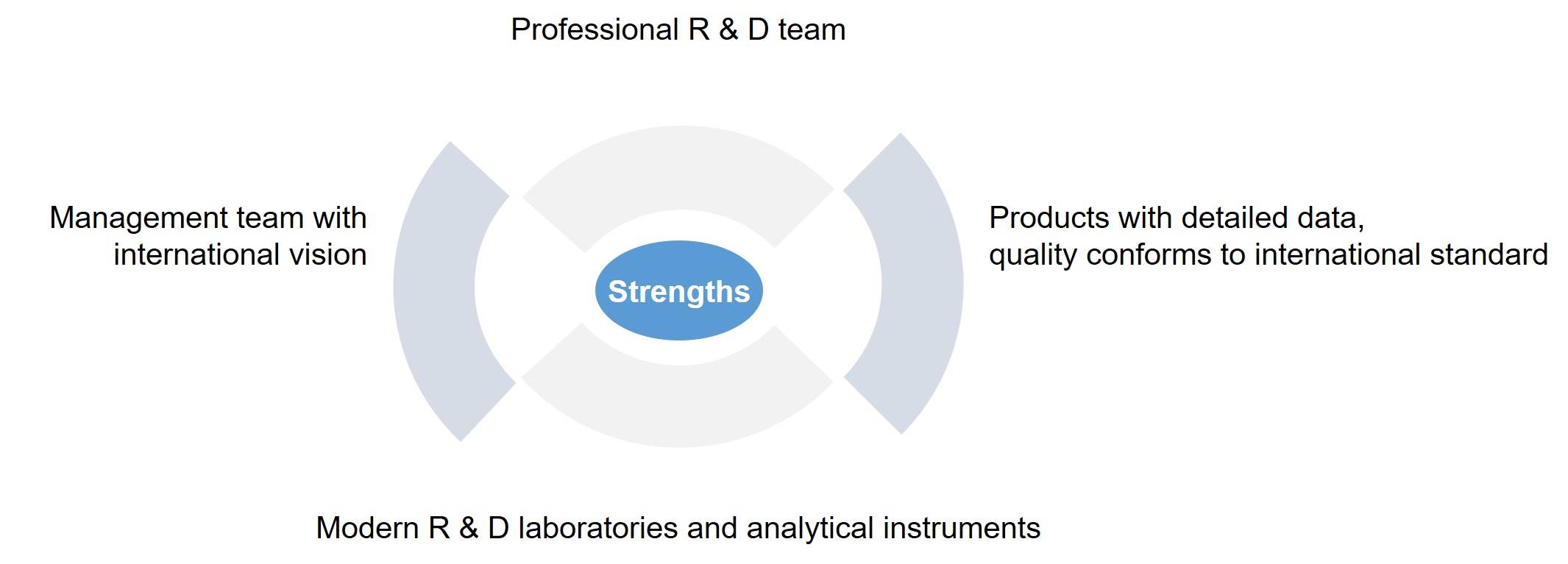Side/End Group Functionalization
Side/end group functionalization is an effective technique for polymer surface modification. Our tech team specializes in the side/end group functionalization of polymers, offering reliable services for the design and development of functional polymers. Through the functionalization of the terminal group, the type and number of functional groups on the polymer surface can be precisely controlled, thereby affecting the chemical structure and properties of the polymer surface.
Our Functionalization Capabilities
Carboxylation is a large class of chemical reactions in organic chemistry, which refers to the addition of carboxyl functional groups to the substrate, and the opposite reaction is decarboxylation. In biochemistry, carboxylation is a kind of post-translational modification.
Amination is the process of introducing an amine group into an organic molecule. Amination can occur in a number of ways including reaction with ammonia or another amine, such as alkylation, reductive amination and Mannich reaction. For example, -COOH --> -CONH2.
The synthesis of sulfhydryl polymers is based on the covalent coupling of sulfhydryl compounds (or mercaptol) with polymers. Polymers can be polycationic or polyanionic macromolecules, or amphoteric macromolecules, such as chitosan, hyaluronic acid and polyamino acids.
Hydroxylation is the reaction of introducing a hydroxyl group into an organic compound molecule. Alcohols and phenolic compounds can be obtained by hydroxylation. There are many methods for introducing a hydroxyl group into a compound molecule, including various types of chemical reactions such as reduction, addition, substitution, oxidation, hydrolysis, condensation, and rearrangement.
The halogenated polymer is formed by substitution or addition reaction under the action of halogenating agents such as halogens and hydrogen halides. Polymer halogenation is mainly used for the modification of polymers and the preparation of useful intermediates for polymer synthesis.
An epoxy group is a functional group having a structure of -CH(O)CH-. It is characterized by strong reactivity. The molecular chain grows after ring-opening polymerization or addition reaction with other compounds.
A coupling agent is a kind of substance with two groups of different chemical properties: one is an inorganic-philic group, and the other is an organophilic group. The organophilic group can be readily incorporated into coupling agents, such as amino, epoxy, acrylate, methacrylate, mercapto and more. Therefore, coupling agent is usually defined as a "chemical bridge" between two dissimilar materials, leading to improve the performance of polymers.
Why Us?

How to order?












